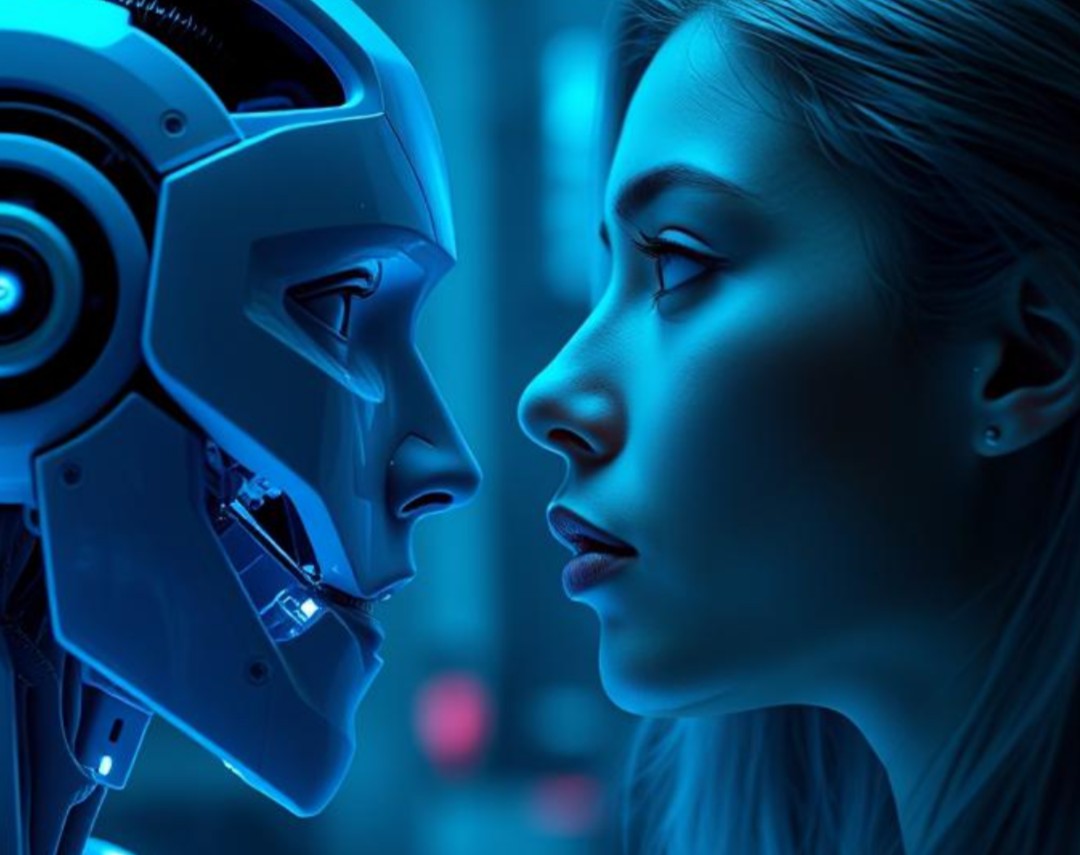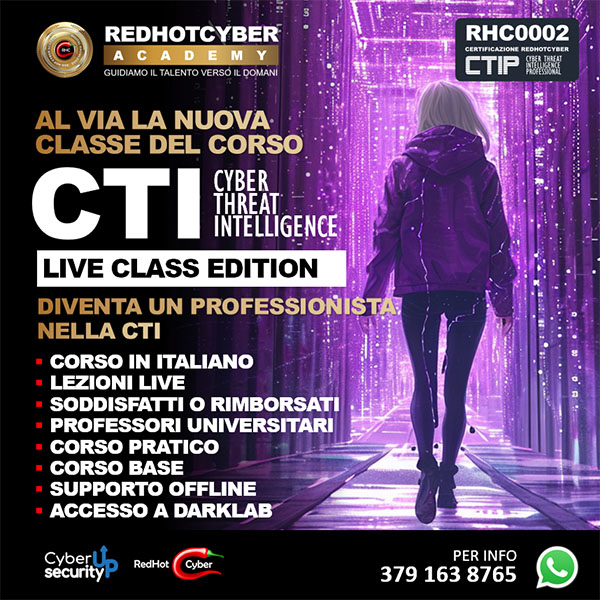
Ashleigh Crause : 14 May 2025 16:29
Remember when you had a vivid image in your mind but struggled to describe it to someone else? Maybe it was a character from a dream, a breathtaking landscape, or a unique design you wished existed in reality. Back then, we relied on that one talented artistic friend to bring our visions to life. But explaining a mental image was often frustrating after all, you were relying on another person’s interpretation of your words, which often led to results that weren’t quite what you had in mind.
AI image generators use deep learning algorithms to interpret text descriptions and transform them into visual representations. These tools analyse vast amounts of data, understanding context, objects, and styles to generate images that match a given prompt. While this technology is still evolving, it has already made significant strides in accuracy, realism, and artistic expression. But how do these different AI tools compare?
I wanted to explore the possibilities of AI-generated images, so I tested three well-known AI image generators:
Vuoi diventare un esperto del Dark Web e della Cyber Threat Intelligence (CTI)?
Stiamo per avviare il corso intermedio in modalità "Live Class", previsto per febbraio.
A differenza dei corsi in e-learning, disponibili online sulla nostra piattaforma con lezioni pre-registrate, i corsi in Live Class offrono un’esperienza formativa interattiva e coinvolgente.
Condotti dal professor Pietro Melillo, le lezioni si svolgono online in tempo reale, permettendo ai partecipanti di interagire direttamente con il docente e approfondire i contenuti in modo personalizzato.
Questi corsi, ideali per aziende, consentono di sviluppare competenze mirate, affrontare casi pratici e personalizzare il percorso formativo in base alle esigenze specifiche del team, garantendo un apprendimento efficace e immediatamente applicabile.
Per ulteriori informazioni, scrivici ad [email protected] oppure scrivici su Whatsapp al 379 163 8765

Supporta RHC attraverso:
Ti piacciono gli articoli di Red Hot Cyber? Non aspettare oltre, iscriviti alla newsletter settimanale per non perdere nessun articolo.
Microsoft Copilot integrates OpenAI’s DALL·E image generation into Bing, making AI-generated images widely accessible. It is free to use, making it a great option for casual users. However, image quality can be inconsistent, often struggling with complex details like hands and faces. Additionally, its strict content moderation may limit creative freedom.
ChatGPT’s image generator is powered by DALL·E 3, known for producing detailed and coherent images, especially in realistic styles. It supports text rendering within images and inpainting, which allows users to edit specific parts of an image. While it generally provides high-quality results, it requires a ChatGPT Plus subscription and applies strict content filtering, sometimes restricting prompts.
Wonder AI is a mobile and web-based AI image generator that offers a variety of preset artistic styles to help users customize their visuals. This visual selection process makes it easier to refine a prompt’s style without trial and error. While it produces creative and stylized images, it does require a subscription for full access, and quality may vary depending on the chosen style.
Now that we have a brief overview of each AI, it’s time to dive into hands-on testing.To test each AI, I provided the same prompt: a cute giant panda wearing a summer hat adorned with pink flowers and a pink ribbon around the bowl. First up:
Microsoft Copilot. I tested Microsoft Copilot multiple times, using various phrasing to see how well it could handle different levels of detail. The results were often impressive, but there were moments when it struggled with small, intricate features like delicate facial expressions or realistic hands. While it works well for general concepts, some details required multiple attempts to get right.
✅ Pros:
❌ Cons:
ChatGPT. With ChatGPT’s image generator, I found that using slightly more descriptive wording helped refine the results. Unlike Copilot, which sometimes misinterpreted finer elements, ChatGPT seemed to grasp my descriptions more accurately. This made it easier to get closer to my imagined image without extensive trial and error.
✅ Pros:
❌ Cons:
Wonder. Wonder AI took a different approach by allowing me to pick a visual style before the image was generated. This meant I didn’t need to rely solely on text descriptions choosing a style helped guide the AI toward my vision. It was a refreshing change, particularly for people who struggle to articulate fine details in words.
✅ Pros:
❌ Cons:
AI image generators have revolutionized the way we bring imagination to life, each offering unique strengths. Microsoft Copilot is a solid free option but struggles with intricate details. ChatGPT’s DALL·E 3 provides impressive accuracy and editing capabilities, though its strict filtering and subscription requirement may be a drawback. Wonder AI, with its intuitive style selection, makes creative customization easy, though quality can vary.
Ultimately, the best choice depends on your needs. If you value accessibility, Copilot is a good starting point. If precision and realism matter most, ChatGPT’s DALL·E 3 is worth considering. And if you prefer a guided, visual approach, Wonder AI offers a fun and flexible experience. No matter which you choose, AI is making creativity more accessible than ever turning words into visuals with just a few clicks.
As AI technology continues to develop, we can expect even greater advancements in image generation. Future iterations may allow for more seamless editing, improved realism, and greater artistic flexibility. While AI will never replace human creativity, it is undoubtedly a powerful tool that enhances how we visualize and share our ideas.
 Ashleigh Crause
Ashleigh Crause